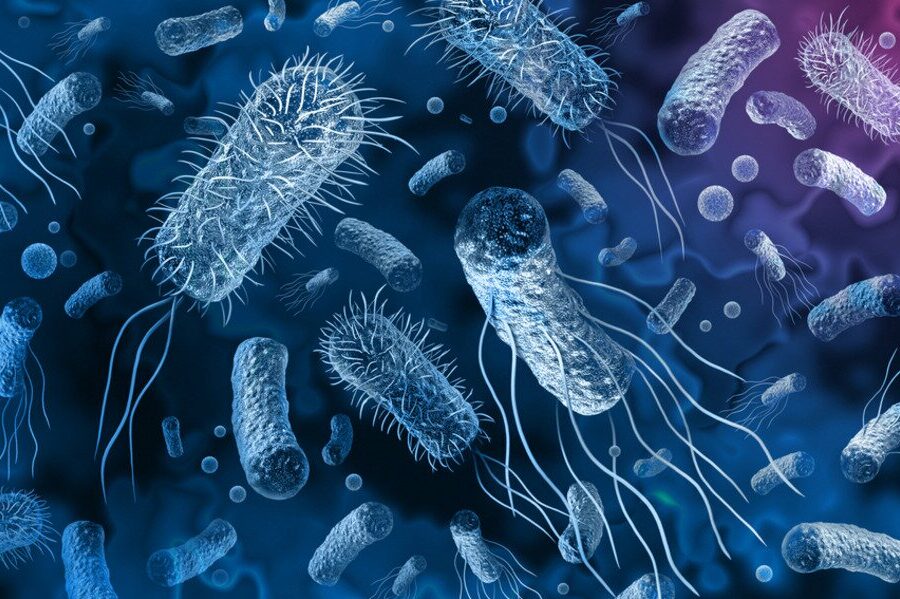Welcome to the wonderful world of bacteria.
It seems like now we’re more germophobic than ever before. While in the Middle Ages, people would throw their waste out of the window, here are some of the top bacteria that can kill you!
Bacterial infections kill more people than smoking every year, according to an analysis that reveals the true scale of the ever-growing superbug crisis.
In the year before Covid-19 struck, 7.7 million fatalities worldwide — or one in eight — were caused by bugs such as S. aureus, E. coli, and S. pneumoniae.
The bacteria can cause skin, blood, and lung infections, respectively. Any infection can also trigger sepsis, a life-threatening complication caused by the immune system attacking itself.
Only heart disease killed more people than bacterial infections, scientists concluded. Just five bacteria, the three already mentioned as well as K pneumoniae and P aeruginosa, were responsible for half of the deaths.
Until now, experts had only estimated the prevalence of bacterial infections among specific groups or in certain parts of the world. But a new analysis has revealed how widespread deaths due to the bacteria are.
Experts behind the study, published in the medical journal The Lancet, have called for more research into ways of stopping the spread of the bugs, some of which are slowly becoming immune to drugs.
The overuse of the drugs in recent years has seen once-treatable illnesses morph into something more sinister — fuelled by bacteria slowly learning to evade drugs.
Experts have suggested superbugs pose a bigger threat than climate change and that their death toll could overtake cancer in the next three decades — which kills nearly 10 million people annually.
The results suggest that 13.7 million deaths were caused by infections in 2019. This figure includes viral infections, such as malaria and HIV.
Of these, 7.7 million were due to 33 bacterial pathogens — including those that can be treated with antibiotics and those that are resistant to drugs.
The death toll accounts for 13.6 percent of all deaths in 2019.
Just five pathogens were responsible for 54.2 percent of all bacterial infection deaths.
The most deadly was S. aureus, which claimed 1.1 million lives.
Four other pathogens were each associated with more than 500,000 deaths: E. coli (950 000), S. pneumoniae (829,000), K. pneumonia (790,000), and Pseudomonas aeruginosa (559,000).
Read more: Top tips proven to improve your gut health

How filthy is your water bottle?
After a long day, we frequently stop at stores to get a bottle of water to relieve our thirst without recognizing the risks of what we have exposed our bodies to.
To the surprise of many, a new study has found that reusable bottles can harbor around 40,000 times more bacteria than the average toilet seat.
The study conducted by the U.S.-based site waterfilterguru revealed a reusable water bottle can get pretty freaking disgusting.
Researchers swabbed the spout lid, straw lid, and squeeze-top lid parts of different water bottles three times each. The results showed gram-negative rods and bacillus bacteria present throughout the swabs. According to researchers, gram-negative bacteria can cause infections resistant to antibiotics, and certain types of bacillus bacteria can cause gastrointestinal issues.
The study found that spout-top and screw-top lids contained the most bacteria of all the water bottles, with 30 million CFUs (colony-forming units) each.
The research further revealed that the bottle caps are the cleanest part of the bottle, with a tenth of the number of bacteria.
“The human mouth is home to a large number and range of different bacteria,” Imperial College London molecular microbiologist, Dr. Andrew Edwards said. “So it’s not surprising that drinking vessels are covered in microbes,” he added.
Legionella is currently trending
Legionella is a hot topic this week after three patients at an American hospital tested positive for it. According to experts, the bacteria typically causes fever, coughing, and shortness of breath, but in rare circumstances, it can also lead to severe pneumonia.
Legionella is often present in drinkable water, showers, air-conditioning units, ventilators, and other sources of industrial water.
There is currently no vaccine to prevent Legionella bacteria from infecting humans, so it’s important to know the signs and symptoms of Legionella disease (aka Legionnaires’ disease) to help keep you healthy and safe.
For more on health topics, click here.








